"On one level, it's just a pilot landing a jet on a ship, and in the fleet arm we've been doing that for over a hundred years, but on another level, just what it represents, it's the next chapter of a long journey," Key said. "There's a lot of emotion coursing through veins at the moment, but all of it is phenomenally positive."
The British navy developed HMS Argus — the first flush-deck carrier in naval history — during World War II to launch torpedo bombers.
But it wasn't launched until December 1917 and was commissioned in September 1918, which was only a few weeks before the war ended in November that year.
British pilots have performed landings and takeoffs on US carriers over the past eight years in order to stay proficient. Gray and Edgell carried out training on the F-35 with US airmen and contractors in the US earlier this year.

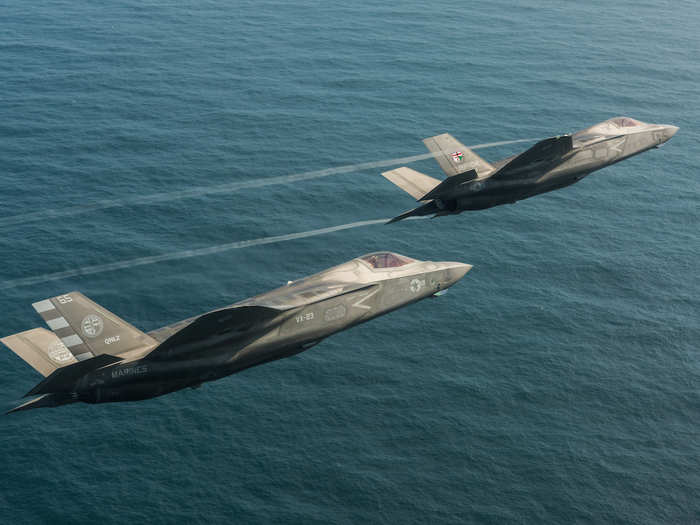
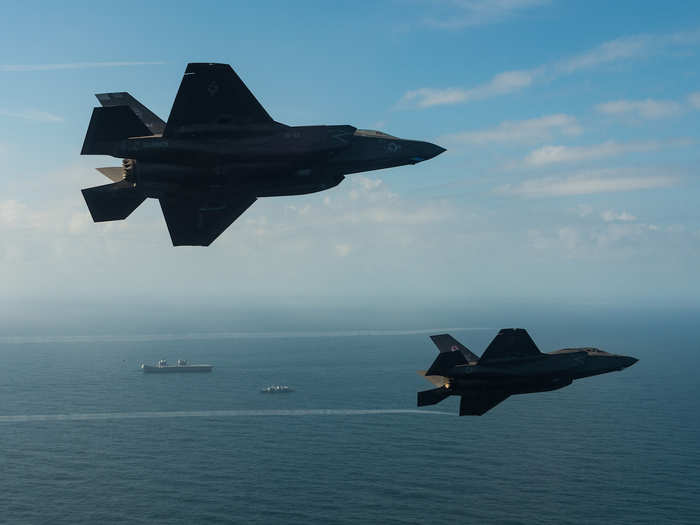
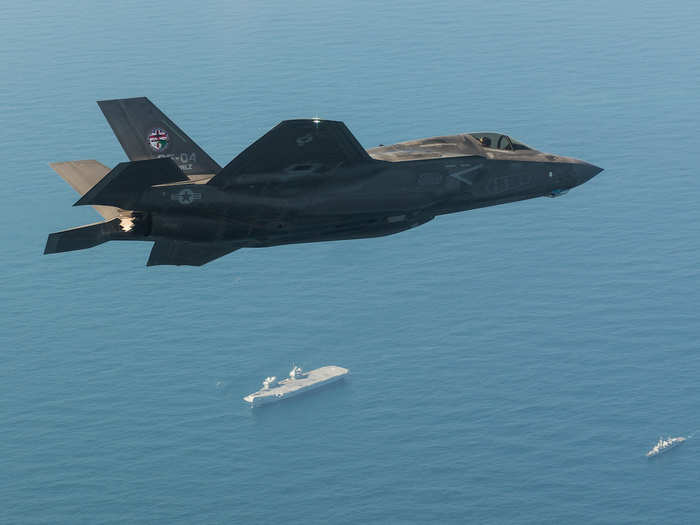
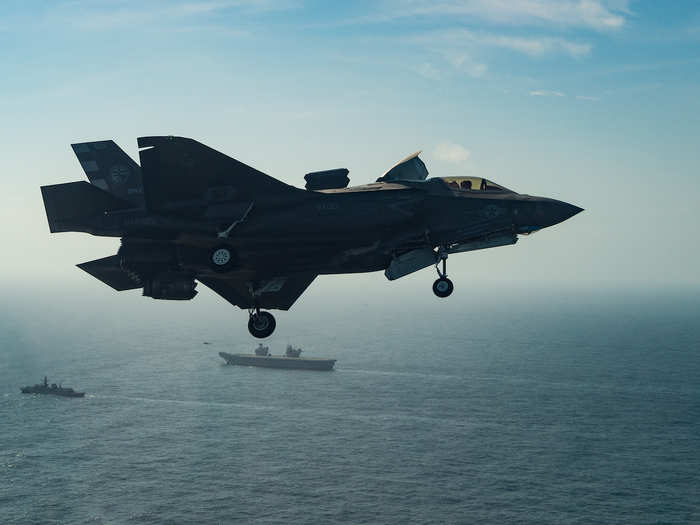
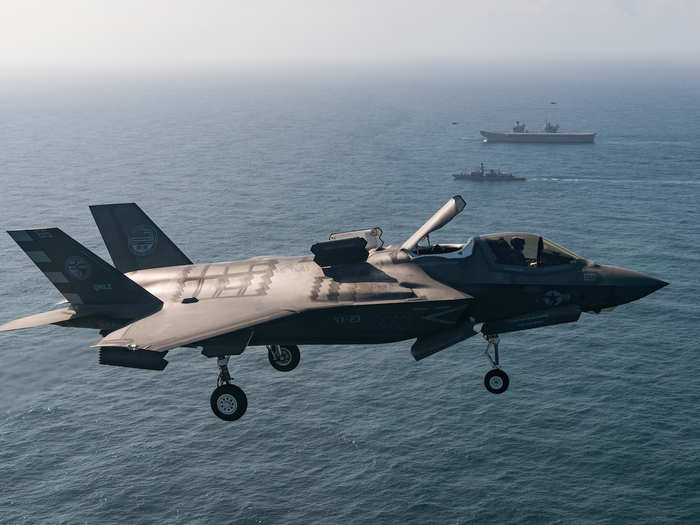
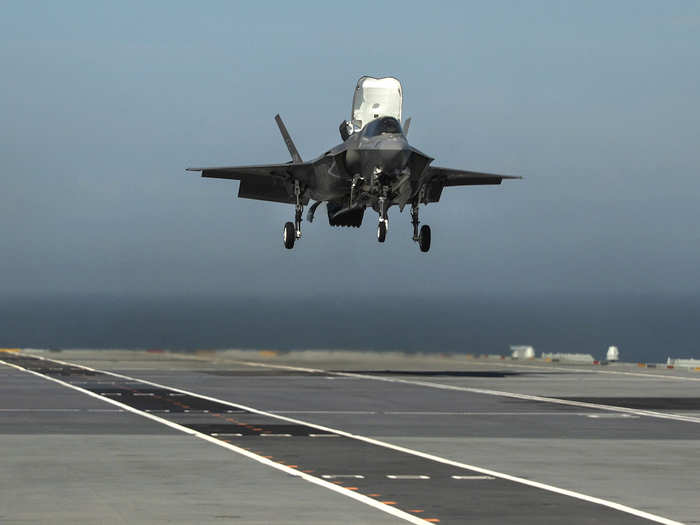
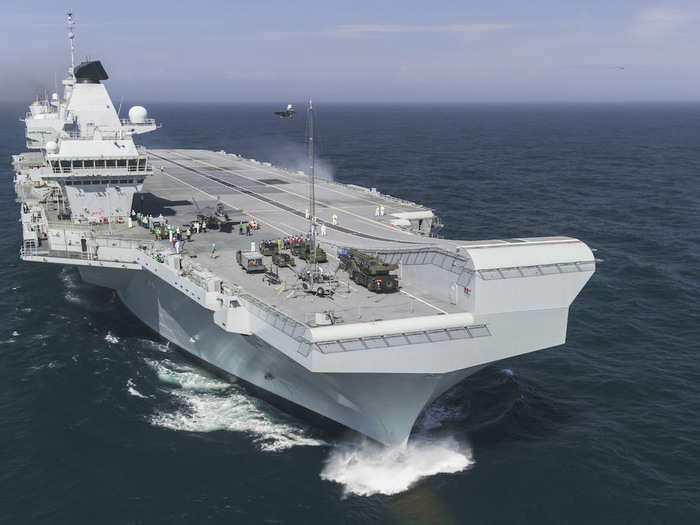
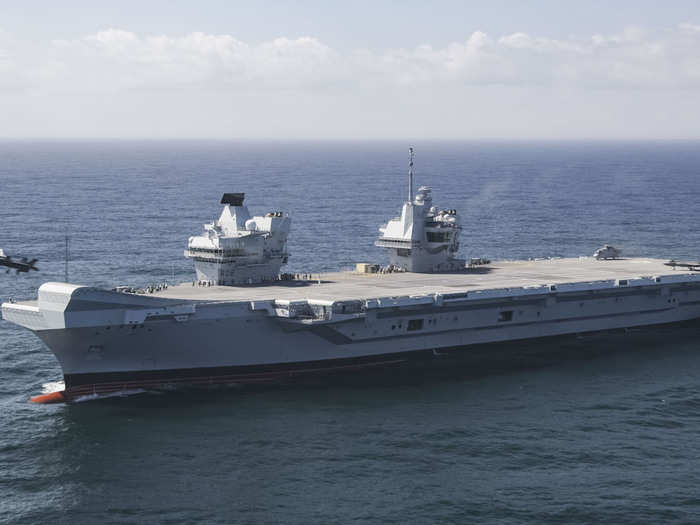
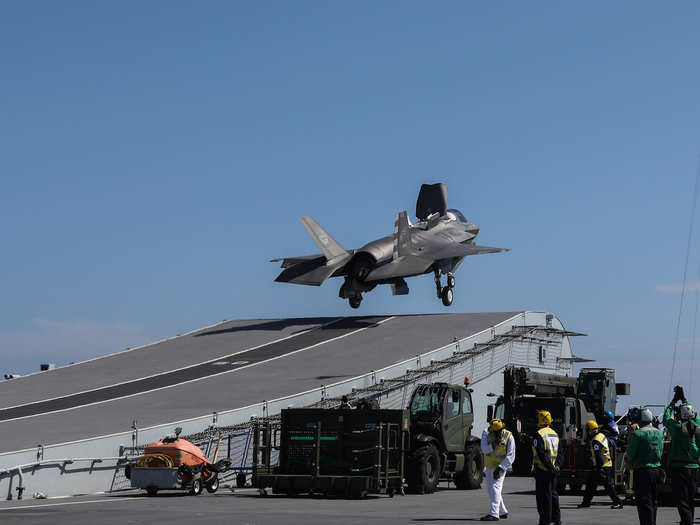
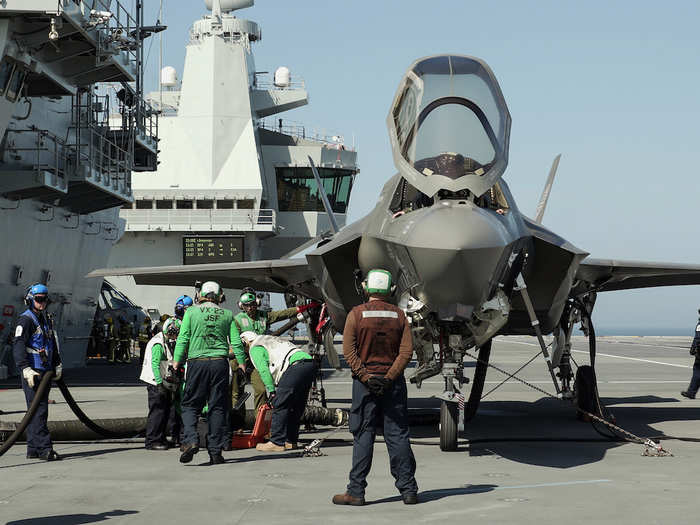
!["Everything about this project is collaborative [and] interoperable," said Betton, the strike group commander. "Whether it](https://staticbiassets.in/thumb/msid-66001227,width-700,height-525,imgsize-908415/everything-about-this-project-is-collaborative-and-interoperable-said-betton-the-strike-group-commander-whether-its-been-the-training-of-people-to-man-and-equip-the-ships-or-the-training-of-the-crews-on-the-deck-and-specifically-the-pilots-getting-ready-for-today-is-all-about-cooperation-.jpg)